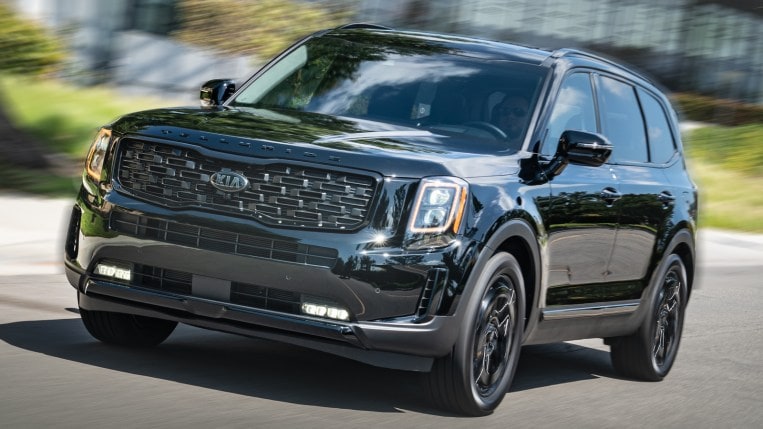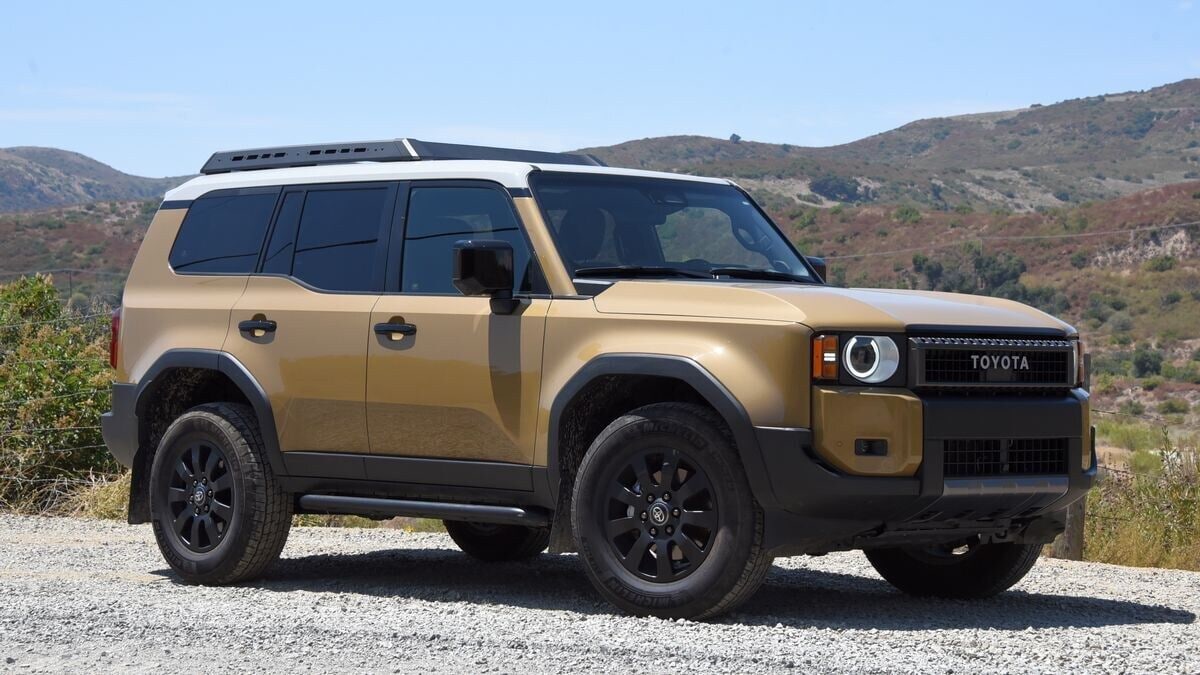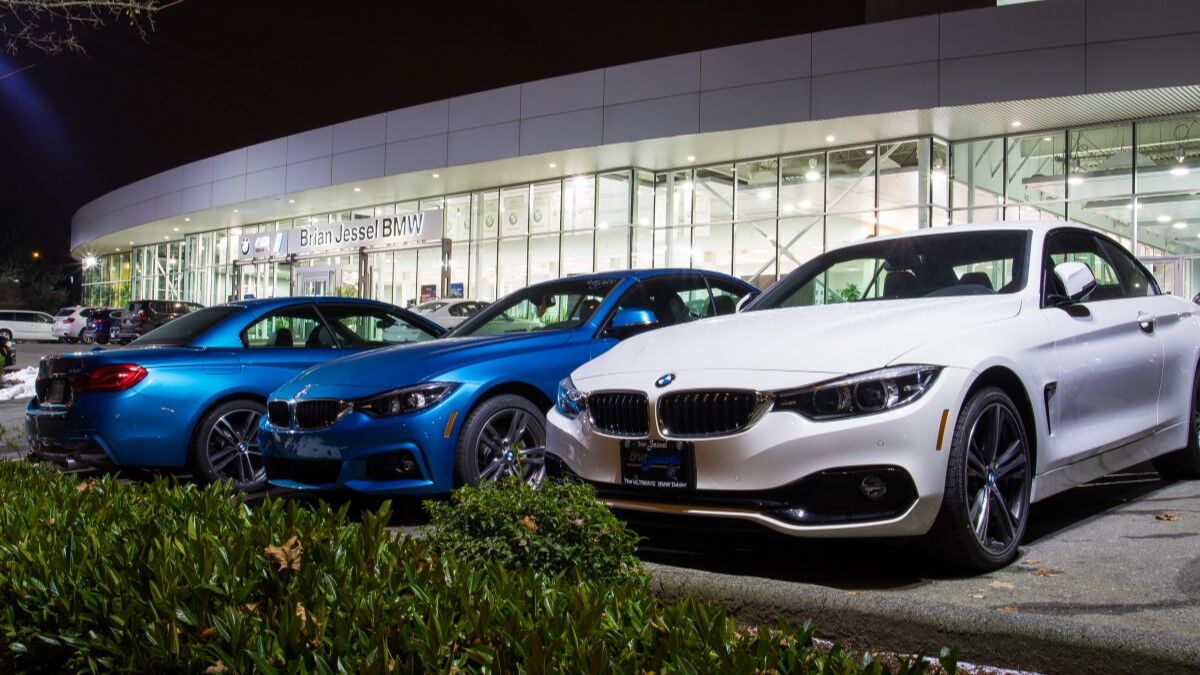Through November, auto sales in the U.S. dropped by 12 percent, but sales of Hyundai and Kia grew. The two brands are one company, each part of South Korea’s Hyundai Motor Group. According to new research from J.D. Power and Associates, the two outperformed all rivals through one of the most challenging years the industry has faced. Such business-page news has a practical impact on many car shoppers.
The biggest reason for their success was the launch of two successful new models. Hyundai and Kia were slow to move into the SUV market, offering a handful of small and two-row midsize sport utility vehicles for years while avoiding anything larger. The 2020 arrival of the Kia Telluride and Hyundai Palisade changed that. The two larger models are currently ranked first and second in our list of the best midsize SUVs. The Telluride took home our Best Buy Award for the class.
Creative promotions built around the pandemic were also part of the formula. Early in the crisis, Hyundai reassured buyers by launching a job loss protection program. It allowed new owners to defer payments for up to six months if they lost their jobs in the pandemic.
Attracting Well-heeled Customers
Both brands brought in wealthier customers than they had in prior years. Forty-three percent of Hyundai buyers through November 2020 had household incomes over $100,000, compared to 33 percent in 2019. Kia’s jump was similar, with up to 36 percent from 23. That came largely thanks to new, more upscale trim levels offered on most products.
South Korea’s management of the COVID-19 crisis also helped, as Hyundai Motor Group’s factories lost fewer days to shutdowns than most brands.
In the automotive business, success breeds success. Having a big year means Hyundai and Kia have the capital to make bigger changes in their offerings. Hyundai has already announced plans to launch 23 new electric vehicles (EVs) by 2025. Kia has not made a similar announcement, but a new EV platform in Hyundai’s hands means we’ll likely see Kia versions of most of those cars.








